10 Of The Weirdest Race Cars Ever Made
.jpg?width=1600&aspect_ratio=16:9)
Motorsport is often full of out-of-the-box ideas. Be it manufacturers looking for success to market their road cars, or a testbed for cutting-edge technology to eventually trickle down to the masses, there’s no shortage of unique and brilliant concepts to come from motorsports.
Sometimes, though, things just get utterly bizarre. Like in the case of these 10 strange race cars we’ve picked out.
Toyota Prius GT300
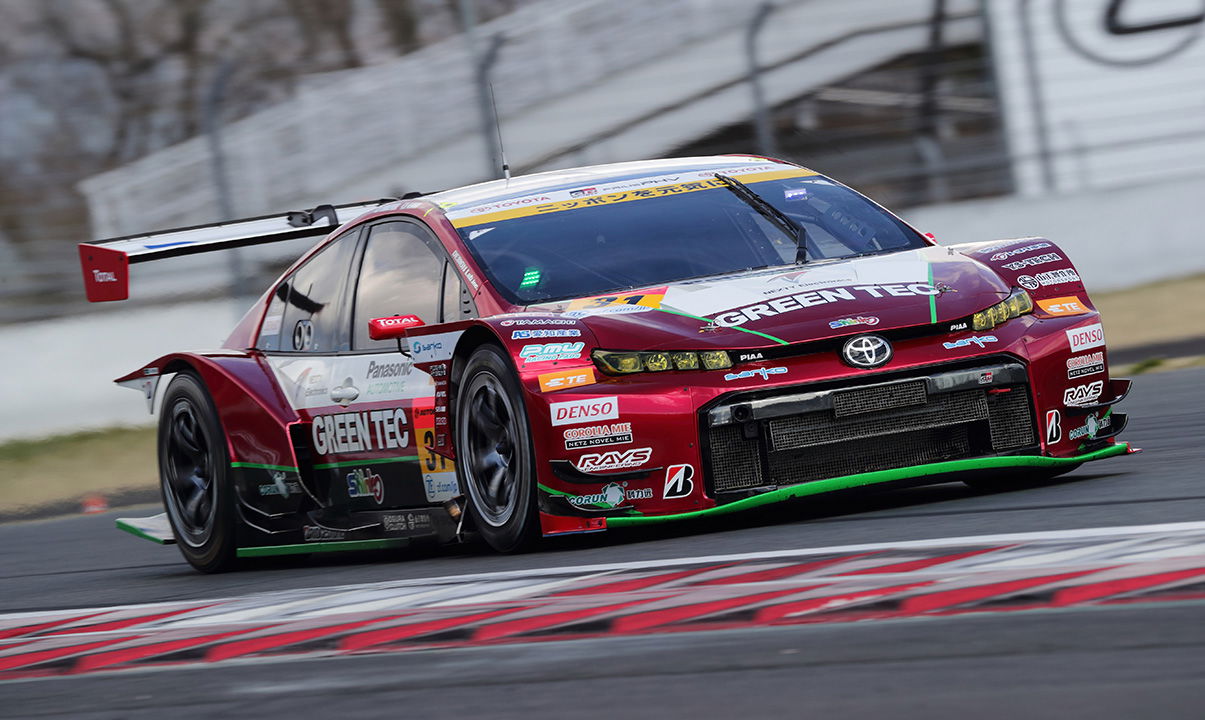
A Toyota Prius competing in Japan’s premier sports car series is already enough of a bonkers thought, albeit completely appropriate in a way. Things get even weirder when you clock that this isn’t some front-driven, hybrid Prius like the road cars, however.
Several iterations of the Toyota Prius have competed in Super GT’s second-tier GT300 class over the years, each with a mid-mounted V8 engine. Yes, really.
Early versions used a 3.4-litre V8 derived from Toyota’s LMP1 WEC programme, though 2019 onwards would see that swapped for a 5.4-litre lump from the Lexus RC F GT3 race car.
Nissan GT-R LM Nismo
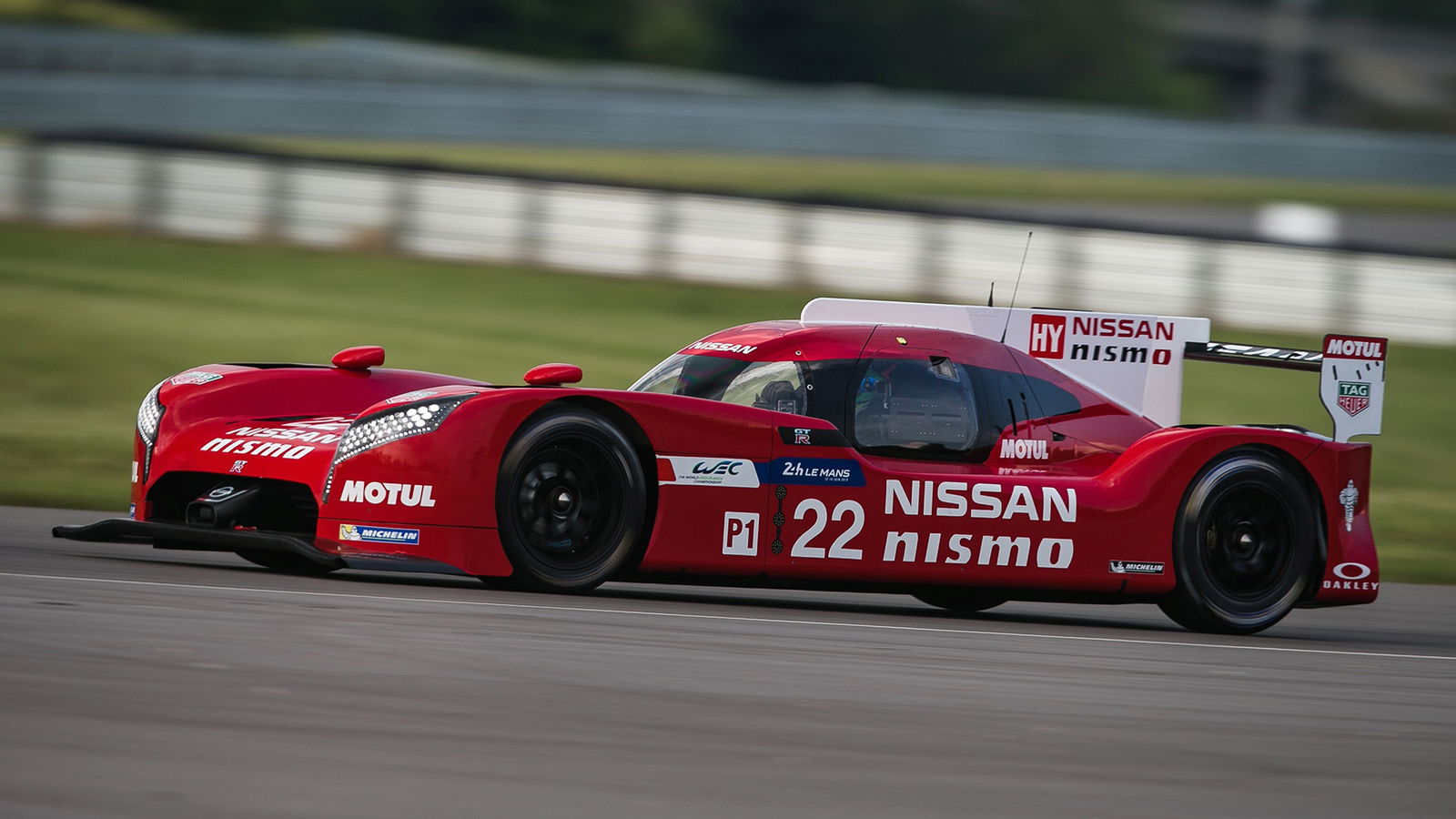
Only two manufacturers have taken to Le Mans’ top class with a front-engined car in this millennium. The first is Panoz, a little-known American brand which had a crack with three front-engined cars in the LMP1 era, and the other… Nissan.
It made sense from a marketing perspective – after all, the GT-R brand has famously only ever been deployed on front-engined road cars, so why wouldn’t you reflect that on your halo race car?
Only the GT-R LM Nismo was also front-driven, which the road cars were famously not. The intention had been to make it all-wheel drive via means of an electric rear axle, though that never materialised with the LM’s power all coming through the front wheels courtesy 3.0-litre V6.
It was a predictable disaster, with all three cars competing at the 2015 24 Hours of Le Mans over 20 seconds off the class-leading Porsche 919 in qualifying. Two cars retired, whereas the third made it to the end but was not classified as it failed to complete 70 per cent of the race-winning car’s distance. No surprise, it never competed in another event.
Peugeot 806 Procar
‘Race on Sunday, sell on Monday’ was a mantra many car manufacturers seemed to live by in the 20th century. Most often, though, that applied to family saloons in touring car racing and GT cars in err, GT racing.
At the 1995 24 Hours of Spa, though, Peugeot thought outside the box with… a complete box. It rocked up with a race-prepped 806 minivan.
It took the engine from a 306 Maxi rally car, good for 280bhp, and the suspension from a 405 Super Touring car. It was surprisingly competitive as well, qualifying 12th and showing good pace before retiring with engine issues in the 10th hour. There’s no doubting it won hearts, either.
Tyrrell P34
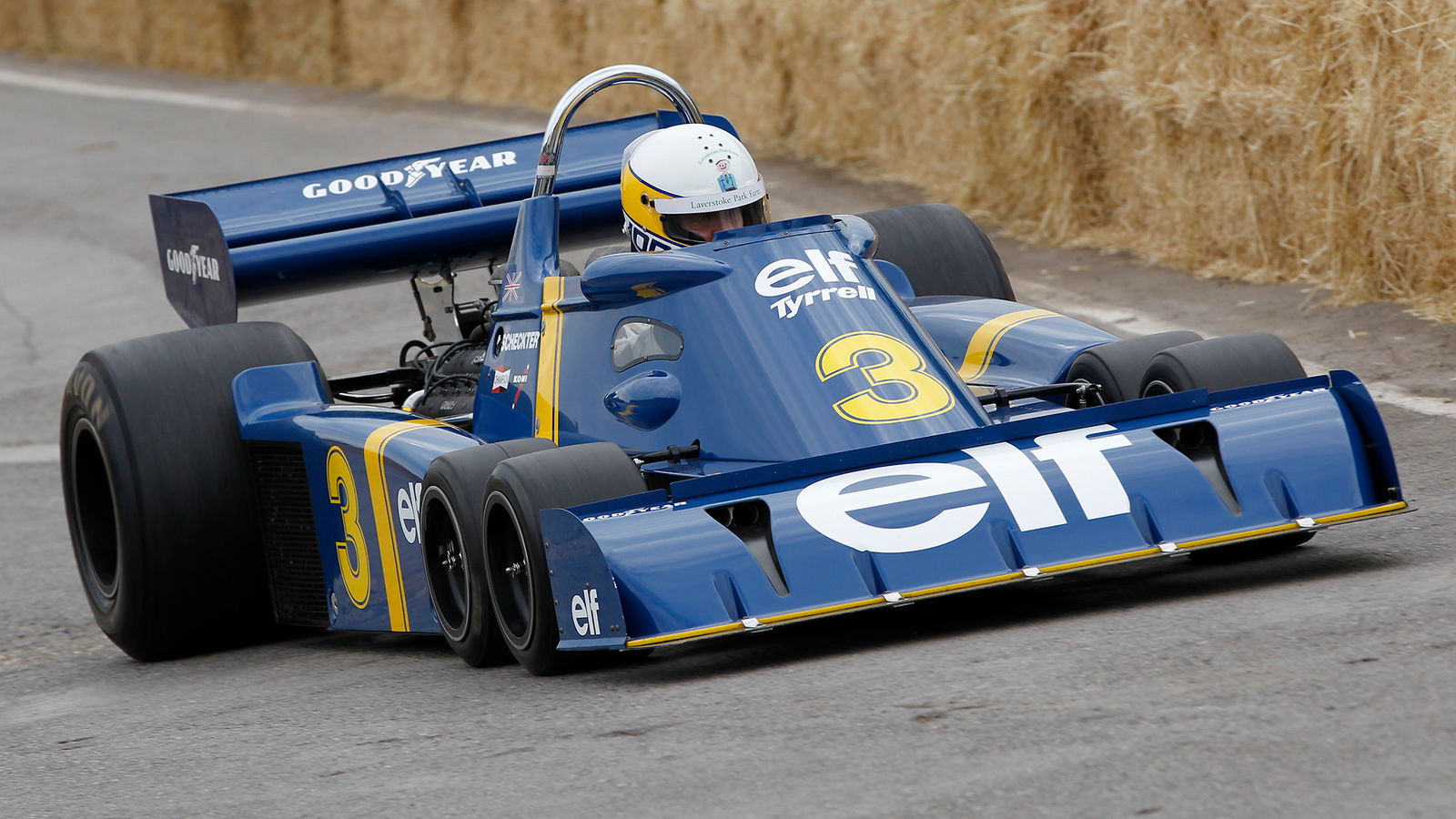
It seems that leaded race fuel was having an effect on the minds of F1 engineers in the ‘70s. 1978 saw the introduction of the bonkers Brabham BT46 Fancar, which would’ve made this list if not for something a little bit madder a few years prior.
We’re of course talking about the Tyrrell P34, a six-wheel car introduced and raced in the 1976 and 1977 F1 seasons. The theory was that having two smaller front wheels instead of one larger one would offer an aerodynamic advantage as well as more of a contact patch for front grip.
It proved to have some success in the sport, too, taking a win at the 1976 Swedish Grand Prix with Jody Scheckter at the helm and a total of 14 podiums in 30 races. Its second season saw plenty of retirements, though, and ultimately, Tyrrell abandoned the concept before regulations were changed to stipulate a car must have four wheels.
Tatra 603
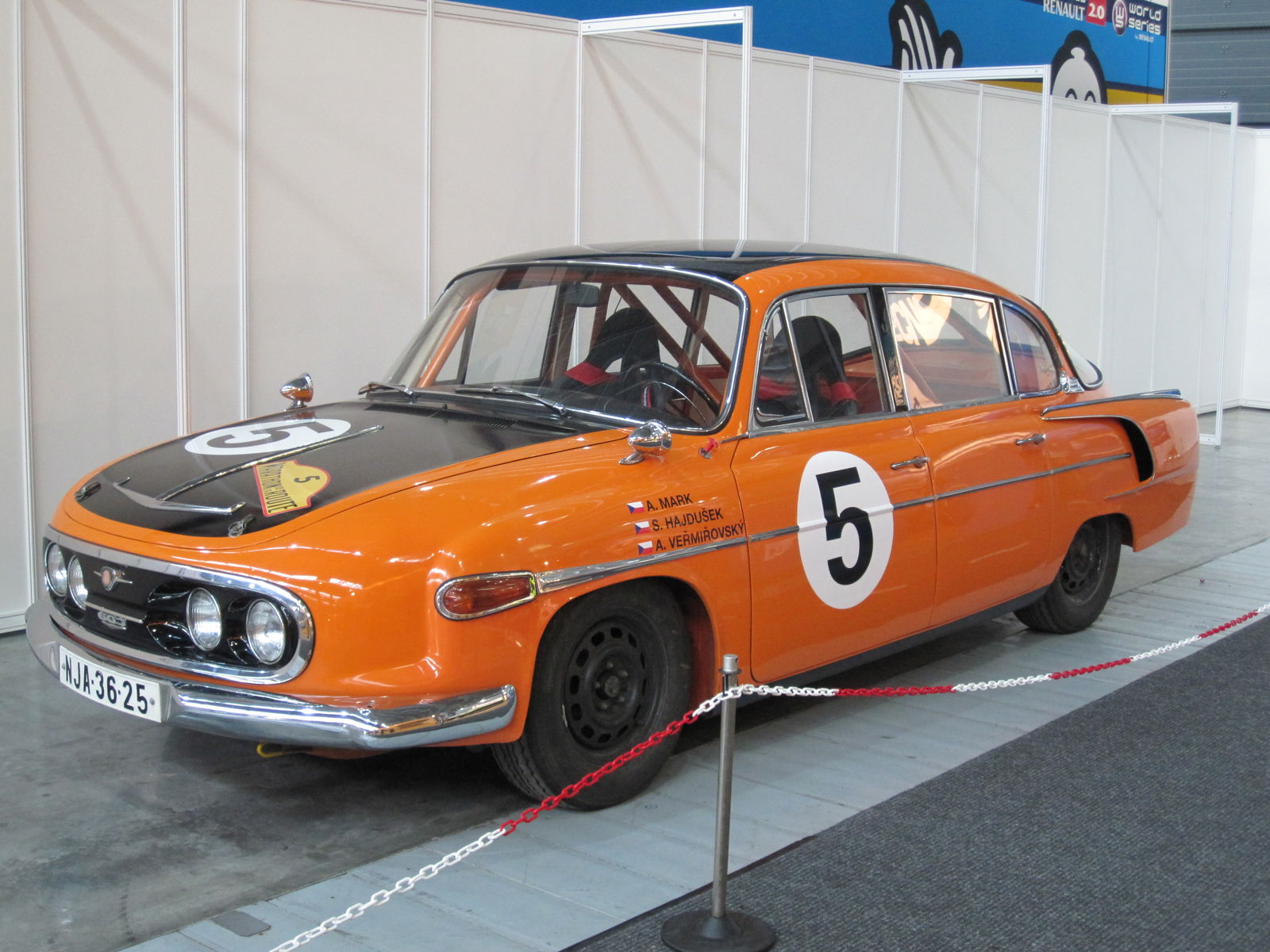
The Tatra 603 was designed as a big luxobarge for officials in socialist Czechoslovakia to be carted around in. Like the Eastern Bloc answer to a Mercedes or Rolls-Royce.
Motorsport wouldn’t sound like its natural home, then, but the Czech-built car managed to find some pretty substantial success in rallying and road racing. Of 79 events entered between 1957 to 1967, it would take 60 wins (granted, many of those in domestic competitions). Its standout achievement was a class victory at the 1966 Marathon de la Route.
NASCAR Garage 56 Chevrolet Camaro ZL1
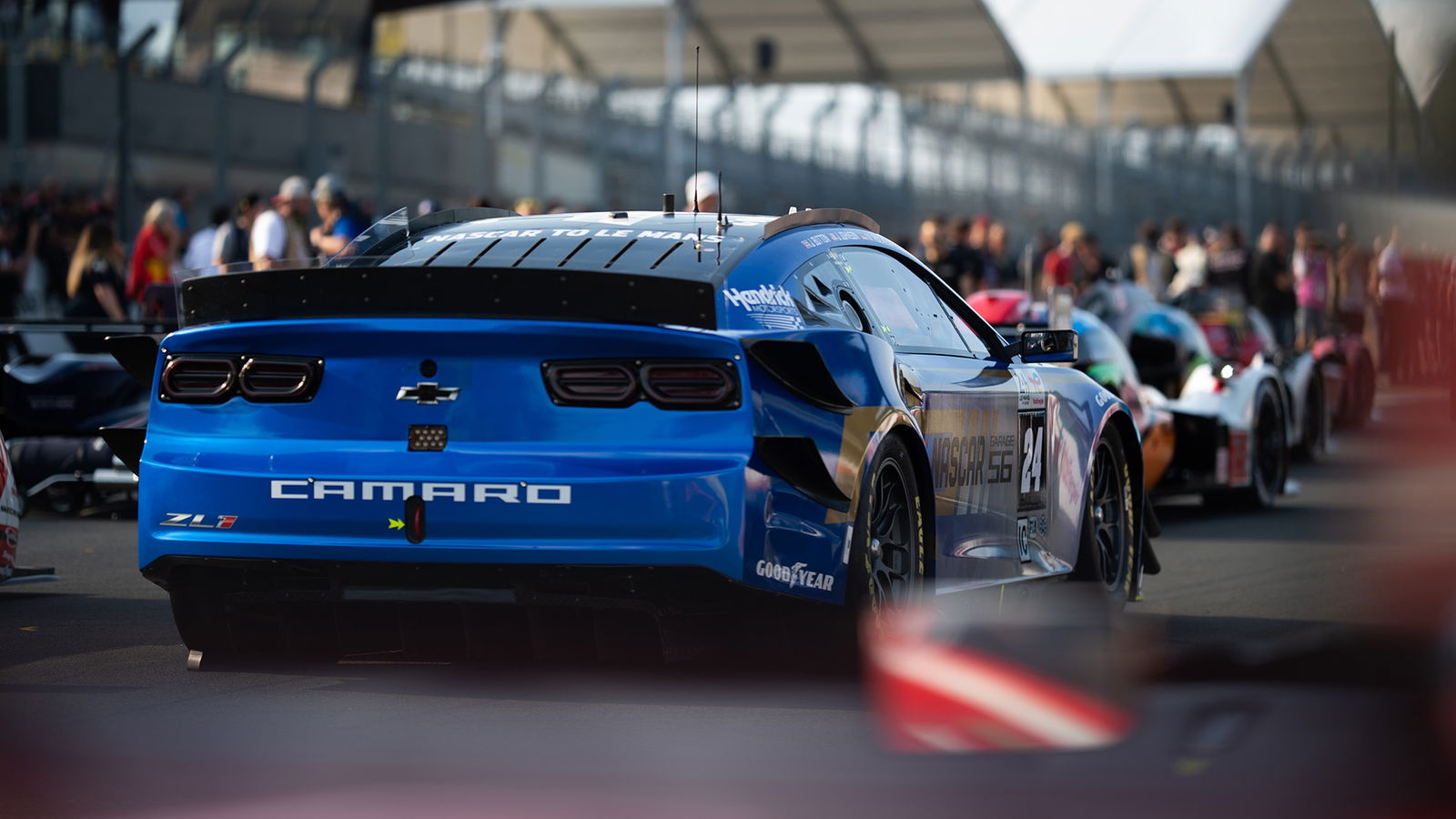
LOUD EAGLE NOISES.
Ok, we’ll assume you knew this one existed because frankly, who doesn’t? At the 2023 24 Hours of Le Mans, the experimental Garage 56 slot was filled by a NASCAR Chevrolet Camaro ZL1, adapted from oval racing to compete in the pinnacle of endurance racing.
It didn’t compete in a specific class, so really it was only racing itself, but it managed to outqualify every GTE car and even an LMP2 entry.
It would finish the race in 39th place, and likely would have been higher if not for some late-race driveline issues. Will it ever return? We hope so.
DeltaWing
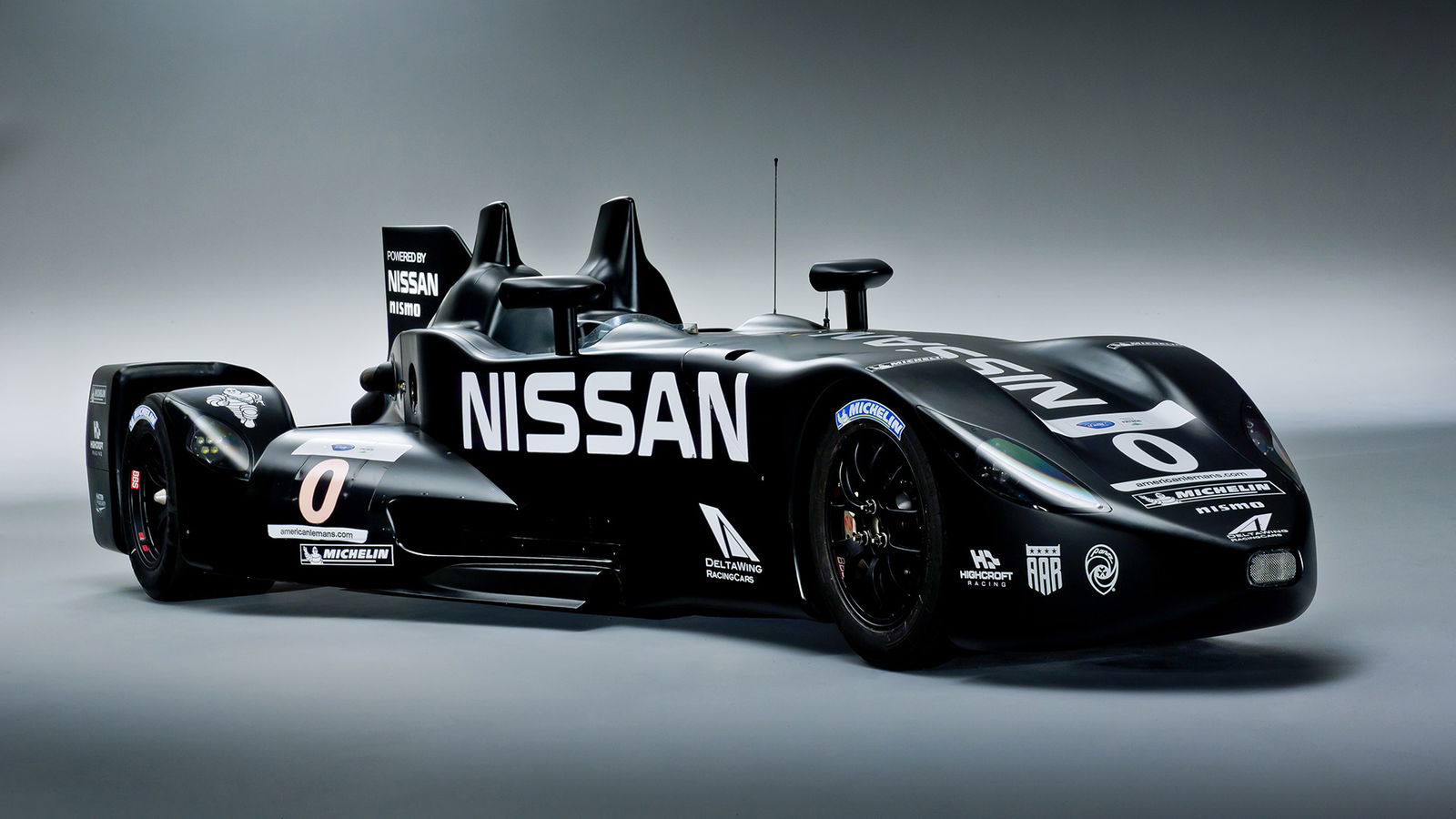
Speaking of Garage 56, that spot would be taken up by the DeltaWing in the 2012 iteration of Le Mans.
Originally designed as a proposal for a new IndyCar chassis, it’s fair to say it was weird. The dart-like (we’ll let you make your own more childish comparisons) design was born from trying to make something small, light and aerodynamically efficient.
When IndyCar decided to go with a more conventional Dallara chassis, the DeltaWing project instead decided Le Mans would be a place to showcase its potential with the backing of Panoz (yeah, it was a bit of a weird brand).
It would compete at the 2012 24 Hours of Le Mans with the backing of Nissan, retiring 75 laps in after a big collision with a Toyota TS030 LMP1 car.
Although that would prove to be its only outing at the endurance race, it did compete in the American Le Mans Series in 2013 and eventually the United SportsCar Championship in a dramatically revised guise.
Rolls-Royce Corniche
Rolls-Royce isn’t exactly a go-to brand for basing a Paris-Dakar competing car on. So much so that Rolls itself tried to stop Frenchmen Thierry de Montcorgé and Jean-Christophe Pelletier from turning de Montcorgé’s Corniche into a car to compete in the rally.
Of all companies, though, it would be design house Christian Dior that convinced Rolls to get onboard as it was set to sponsor the effort.
So, at the 1981 Paris-Dakar, the body of a Rolls-Royce Corniche running a Chevrolet V8 engine and the all-wheel drive system of a HJ45 Toyota Land Cruiser would take to the start line. The car would finish the rally, but wasn’t officially classified following an illegal repair to its steering system.
Volvo 850 Estate BTCC
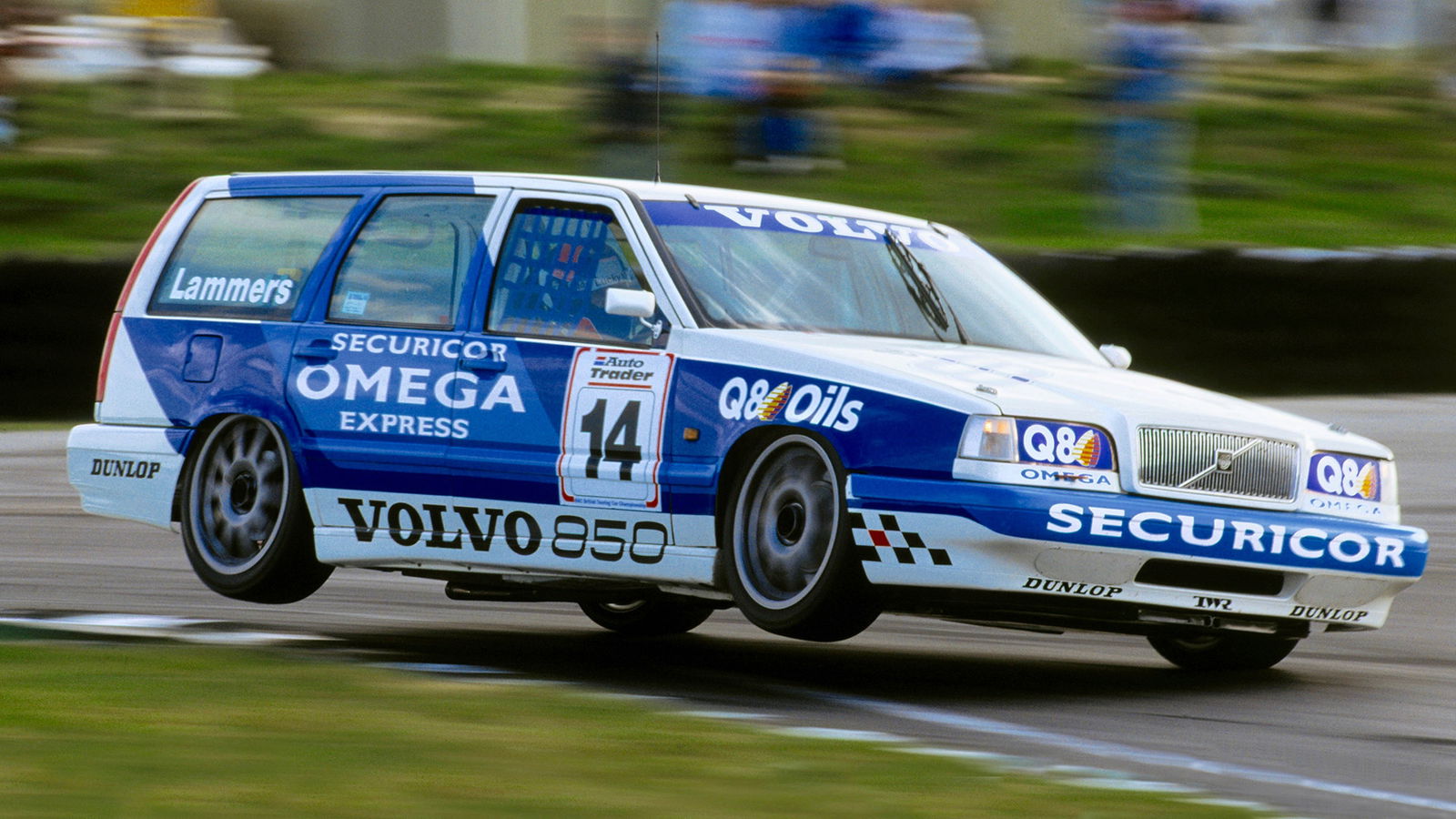
BTCC no doubt peaked in the ‘90s during its Super Touring era. The racing was incredible, the driver roster star-studded, and pretty much every car manufacturer selling saloon cars in the UK represented in one form or another.
Volvo decided to lean into its reputation for boxy family cars with a race-prepped 850 Estate. During the 1994 season, it wouldn’t challenge for wins but wasn’t too far off the pace – its best result a fifth-placed finish at Brands Hatch. Regulation changes for 1995 led to Volvo switching to the 850 Saloon in a bid to be more competitive.
Chaparral 2J
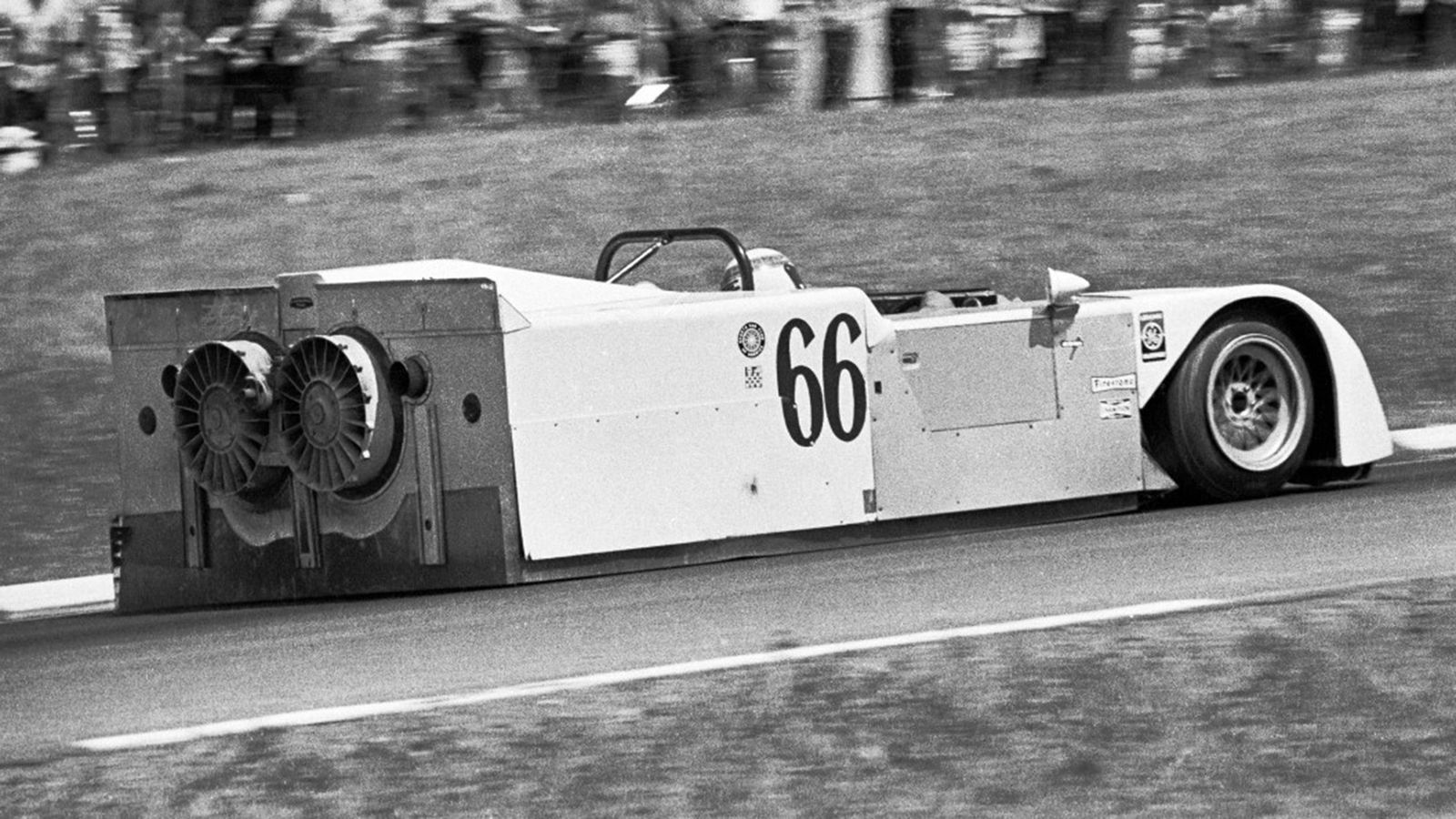
Ah, yes, ‘that car from Gran Turismo 4’. At least that’s how most of us probably remember the Chaparral 2J.
The bonkers Can-Am race car was one of the earliest examples of ground effects aerodynamics, using two gigantic fans taken from a military tank engine (seriously) and sealed Lexan skirting with the intention of creating a vacuum underneath the car.
It worked, sort of. The 2J was seriously fast throughout 1970 – often outqualifying the rest of the grid by two seconds at an event – but proved incredibly unreliable. No surprise, Can-Am organisers SCCA outlawed the 2J for 1971.



Comments